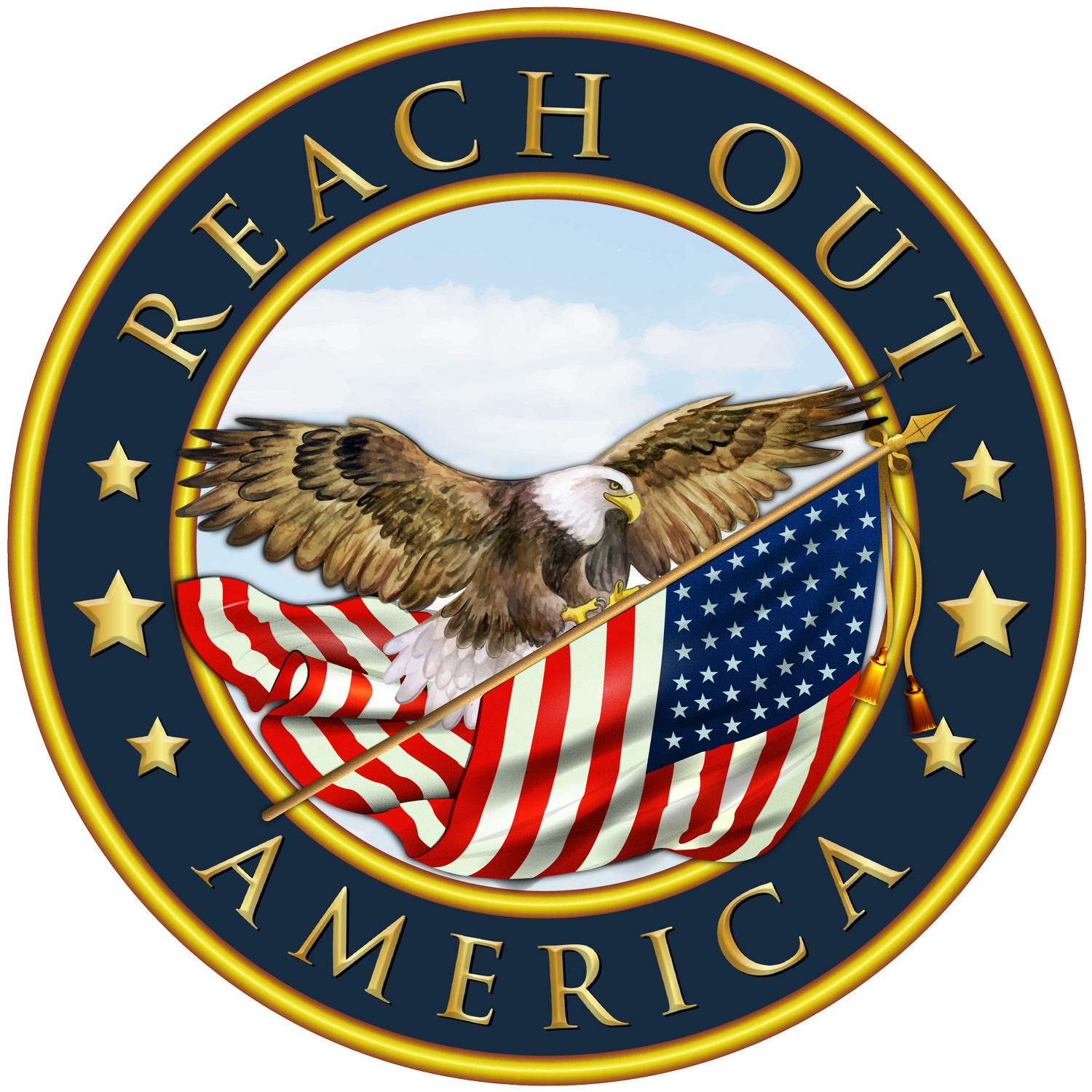Harnessing Innovation: Transforming Volunteer Mobilization in Disaster Response
Forget everything you know about disaster response—it’s not just about rushing supplies anymore. Volunteer mobilization now moves faster and smarter, thanks to Reach Out America’s innovative strategies and strong church partnerships. You’ll see how technology and teamwork come together to bring hope and help when every second counts. Join us to strengthen community support and make your quick response truly matter. Learn more.
Rapid Response Through Technology
When disaster strikes, quick action saves lives. Technology now plays a pivotal role in getting help where it's needed most. Let's explore how these advancements are changing the landscape of disaster relief.
Cutting-Edge Tools for Disaster Relief
Imagine having eyes on the ground before you even arrive at a disaster site. Drones and satellite imagery provide real-time views of affected areas, allowing teams to plan more efficiently. These tools help identify critical needs faster than ever. For instance, during a recent storm, drones mapped flood zones, enabling timely delivery of supplies.
Mobile apps also bring volunteers together. These platforms match skills with needs, ensuring every helper is in the right spot. A volunteer could check the app in the morning and know exactly where to go and what to do. This not only saves time but also increases the impact of every effort.
Another innovation is the use of blockchain for tracking donations. This ensures transparency, building trust with donors and communities. When you give, you want to know your contribution makes a difference. Blockchain helps guarantee that every dollar reaches its intended purpose.
Enhancing Volunteer Coordination
Connecting the right people at the right time is crucial. Volunteer coordination has leaped forward with new systems. Automated alerts keep everyone informed, reducing chaos and confusion. This means relief can be more focused and effective.
Consider how text alerts can update volunteers about changing conditions. During a recent relief effort, notifications informed teams about road closures, allowing for rerouting and continued aid delivery. This kind of coordination keeps operations smooth and efficient.
But it's not just about technology. Trained coordinators play a key role in guiding volunteers. Their expertise ensures resources are used wisely, and efforts are not duplicated. With a strong leader at the helm, volunteers can focus on what they do best—helping those in need.
Strategic Partnerships for Impact
Technology alone isn't enough. Partnerships amplify efforts, bringing together resources and knowledge. These alliances create a robust support network, vital for any effective disaster response.
Collaborating with Churches and Organizations
Churches often serve as community anchors. By partnering with these institutions, Reach Out America taps into a vast network of support. Churches provide local knowledge and manpower, making them ideal partners in crisis.
During emergencies, churches can quickly transform into distribution centers. Their community ties mean they know who needs help most urgently. This local insight ensures aid reaches the right people. For example, after a hurricane, a church might organize volunteers to deliver food and water to isolated areas.
These partnerships extend beyond churches. Collaborating with other organizations like the American Red Cross enhances our reach. Such alliances mean more resources, more hands on deck, and a more effective response.
Building Community Support Networks
Communities are stronger when everyone pulls together. Creating support networks before disaster strikes ensures a rapid response when it does. These networks connect local leaders, businesses, and volunteers.
Think of these networks as a web of support, ready to spring into action. Businesses might provide supplies, while local leaders organize volunteers. This collaboration ensures no one is left behind.
Building these networks takes time, but the payoff is immense. A well-prepared community can respond quickly and effectively, reducing the long-term impact of disasters. By investing in these relationships now, we build resilience for the future.
Inspiring Volunteer Participation
Volunteers are the heart of disaster response. Their willingness to help others in need drives every effort. Encouraging this spirit of service is essential for success.
Mobilizing Compassionate Volunteers
People want to help but often don't know how. Clear guidance and support empower volunteers to act. Training programs equip them with the skills they need to make a difference.
Consider a volunteer who learns basic first aid through a training session. This knowledge becomes invaluable during a crisis, allowing them to assist until professionals arrive. Providing these opportunities encourages more people to step forward.
It's also important to recognize volunteer efforts. A simple thank you can go a long way in keeping spirits high. By celebrating their contributions, we inspire continued involvement and foster a sense of community.
Engaging Donors in Disaster Response Efforts
Donors play a crucial role in disaster response. Their contributions provide the resources needed to sustain efforts. Engaging these supporters requires transparency and communication.
Regular updates on how funds are used build trust. Donors want to see the impact of their generosity. Sharing stories of lives changed and communities rebuilt highlights the difference they make.
Involving donors in the process also deepens their connection to the cause. Inviting them to visit recovery sites or meet volunteers creates a personal bond. This engagement fosters continued support and encourages others to join the effort.
In summary, Reach Out America combines innovative strategies and strong partnerships to enhance disaster response. Together, volunteers, donors, and communities create a powerful force for good. By investing in these relationships, we build a brighter, more resilient future for all.
